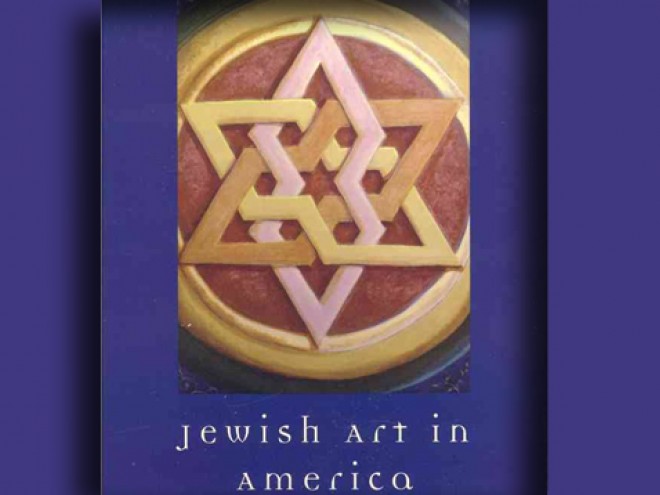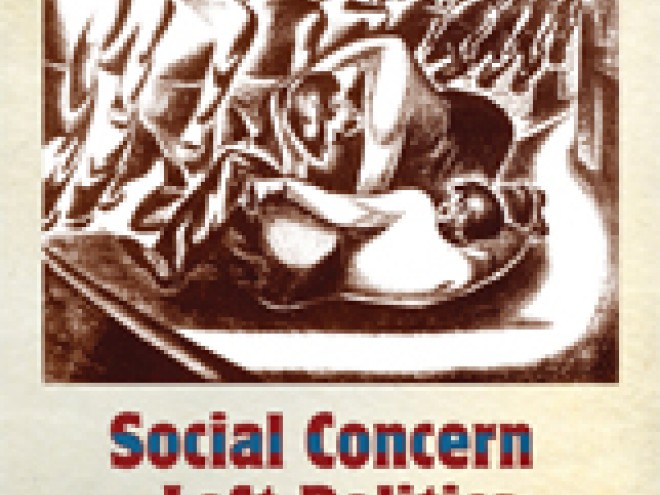In his Jewish Identity in American Art: A Golden Age Since the 1970’s, Matthew Baigell makes the case for the contributions of today’s Jewish artists to contemporary Jewish American culture. In contrast to earlier artists like Barnett Newman (1905−1970) and Mark Rothko (1903−1970) who operated separately from the Jewish community, Baigell documents how artists of recent years “desire to continue to work out their own ways to connect to the Jewish past and contribute to the Jewish present.” Through profiling artists including Ruth Weisberg, Carol Hamoy, David Wander, Siona Benjamin, Archie Rand, Richard McBee and Tobi Kahn, Baigell shows how, through the prisms of texts and the forces of assimilation, these artists navigate their dual identities as both American and Jewish, examining themes of feminism, gender, and spirituality.
Baigell, who as he expresses in the book’s introduction, wanted to title the work “We are Living in a Golden Age of Religiously Themed Jewish American Art and We Really Don’t Know It,” is clearly passionate about the material and its importance for our era. Readers receive an expertly guided visual and theological tour, from Archie Rand’s self-described “cultural raucousness” (the artist has remarked “I like my rabbis. They’re funny, vulgar, wise and righteous. They are a humanizing element in my work.”); to Tobi Kahn’s Shalom Bat chairs - Rachel, Rebecca, Sarah, Leah;to Siona Benjamin — born into an observant Bene Israel family in Mumbai — and her blue-colored matriarchs in The Four Mothers Who Entered Paradise (a reimagining of a Talmudic passage about ancient rabbis).
Now a professor emeritus in the department of Art History at Rutgers University, Baigell utilizes dozens of images, interviews, and previous scholarships on these artists and Jewish art to detail how, in each of their unique ways, their work constitutes “statement(s) of contemporary Jewish thought.” Breathtaking images accompany learned treatments of biblical scenes, Jewish immigration, ritual objects (both actual and imagined), divine names, the Holocaust, and synagogue interiors, as Baigell analyzes how those who profiled “play an active role in their relationship with God” and their fellow Jews. For example, commenting on Wander’s The Jonah Drawings, Baigell notes how Wander’s “own search for a moral anchor and his own reconciliation with the Jewish God — how to continue, how to persevere without knowing where one’s actions will lead, how to overcome the loneliness of being alone in the universe” relates to the themes of the biblical book.
Readers interested in the contemporary Jewish cultural scene, the nuance and variety of biblical interpretation, and art history will gain much from this volume and its depiction of artists who, as Baigell writes of Kahn, “stretch the parameters of what is thinkable and doable” in today’s American Jewry.
Dr. Stu Halpern is Senior Advisor to the Provost of Yeshiva University. He has edited or coedited 17 books, including Torah and Western Thought: Intellectual Portraits of Orthodoxy and Modernity and Books of the People: Revisiting Classic Works of Jewish Thought, and has lectured in synagogues, Hillels and adult Jewish educational settings across the U.S.





